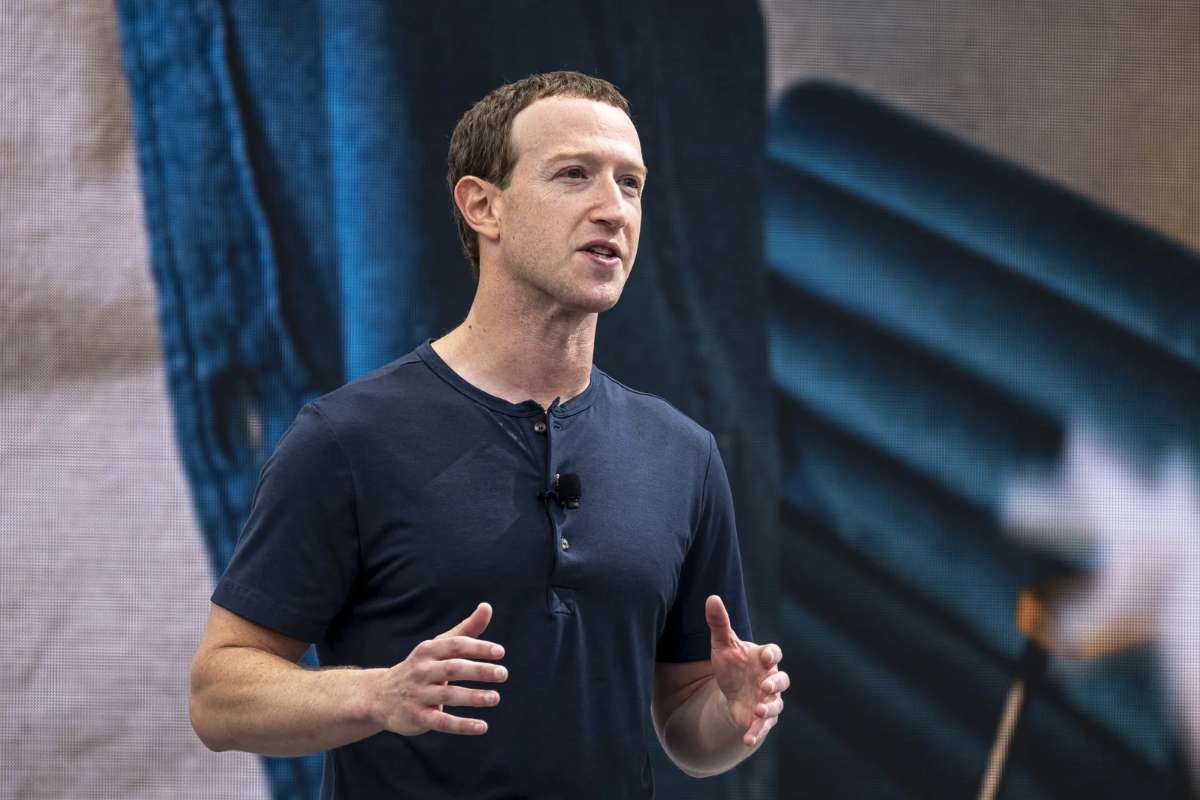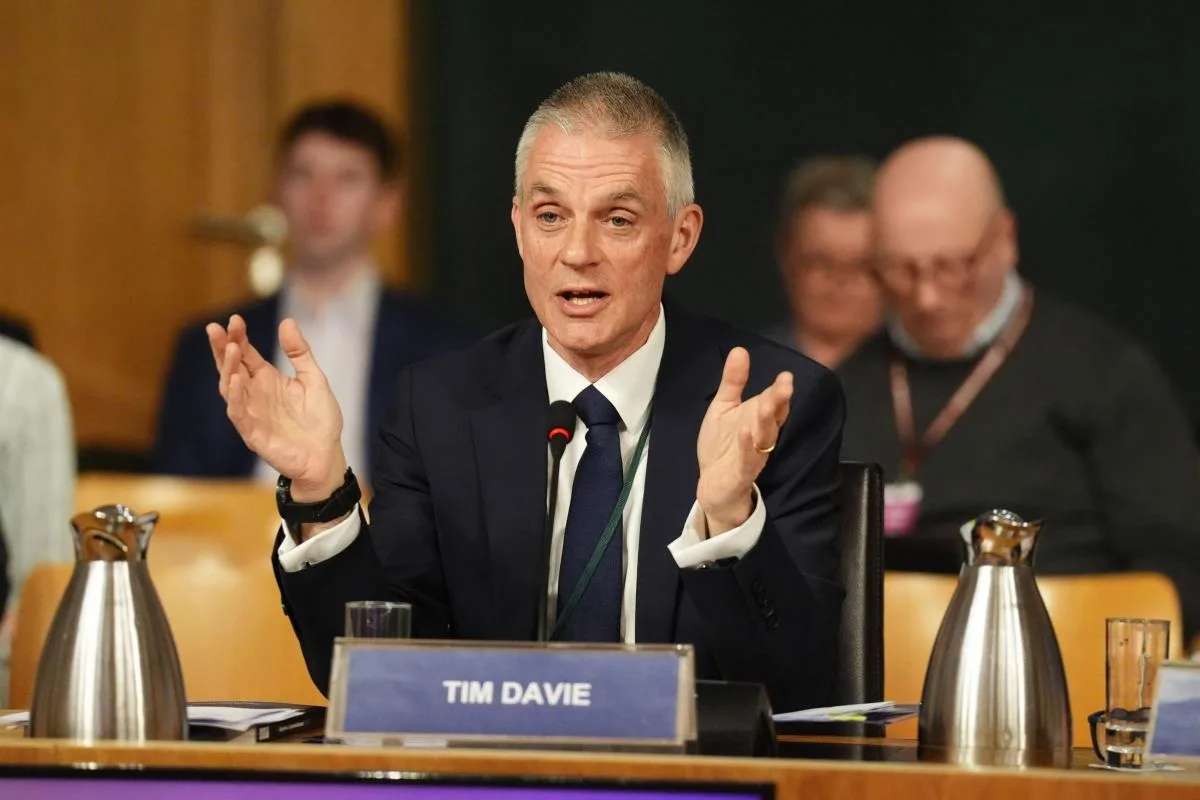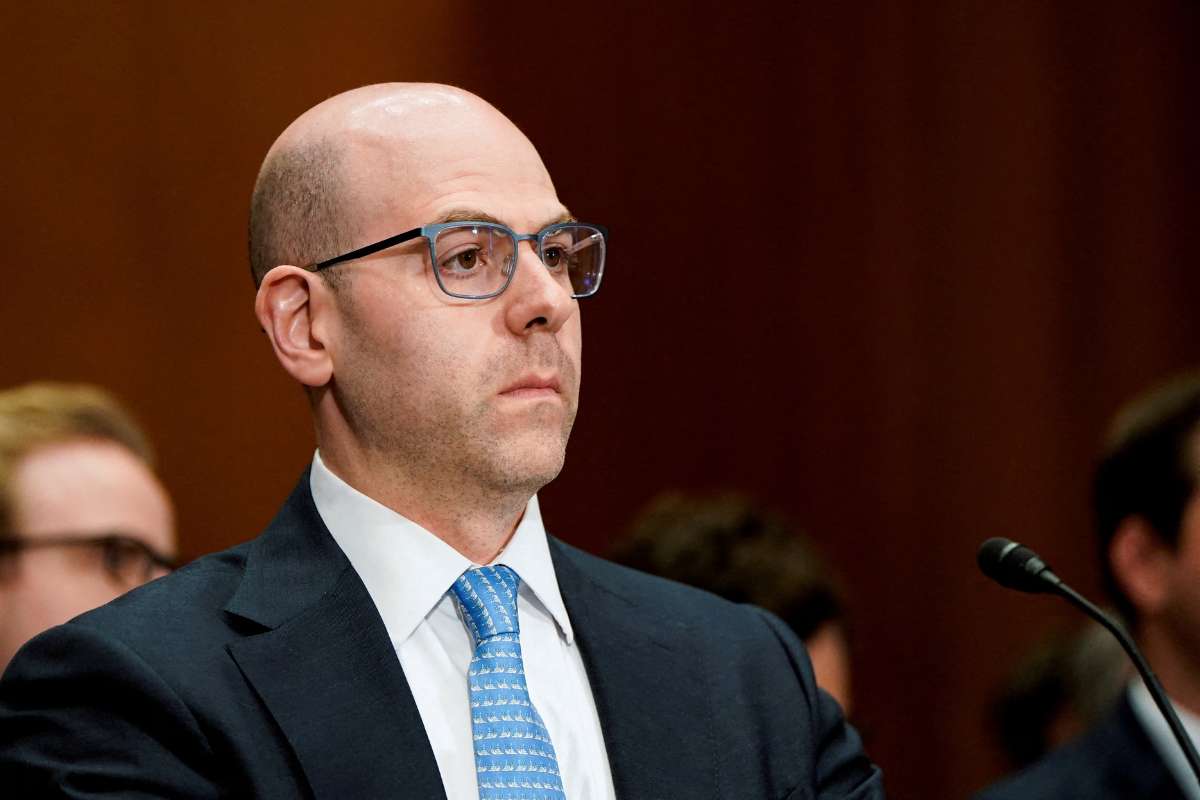Key Points:
- Ford’s EVs were inefficient compared to rivals.
- Model E division launched to fix issues.
- Focus shifting to affordable electric models.
Ford Motor Company’s CEO, Jim Farley, recently revealed a turning point that reshaped the automaker’s electric vehicle (EV) strategy. During an internal review, Farley ordered his engineers to dismantle and study rival vehicles, including Tesla’s Model 3 and several leading Chinese EVs. What they found left him stunned.
According to Jim Farley, the teardown exposed significant inefficiencies in Ford’s EV design. For instance, the Mustang Mach-E had over a kilometer more wiring than Tesla’s Model 3, adding unnecessary weight and driving up battery costs. The results, he admitted, were “humbling.” The exercise made it clear that Ford’s electric division was lagging in cost efficiency, engineering simplicity, and battery optimization, critical areas that determine the competitiveness of an EV in global markets.
The revelation underscored how far Chinese and Tesla engineers had advanced in designing lighter, cheaper, and more efficient vehicles. Farley described the process as a “wake-up call,” forcing the company to confront uncomfortable truths about its internal operations and approach to innovation.
Restructuring the EV Business
In response to these findings, Ford’s leadership made a bold decision to separate its EV operations into a distinct division called Model E, granting it the freedom to function like a tech startup within a century-old automaker. The goal: to speed up innovation, reduce costs, and foster a more agile engineering culture.
However, the transformation hasn’t been easy. Ford’s EV division has been posting heavy losses, with more than $5 billion recorded last year and similar projections for 2025. Farley has acknowledged that the EV business remains “brutal” but insists that the shift is essential for the company’s future.
Despite the financial strain, Ford is doubling down on electrification. The company plans to move beyond premium EVs and focus on affordability, developing smaller, more cost-effective models aimed at the mass market. A $30,000 mid-size electric pickup truck is already in the works, slated for release in 2027.
Jim Farley believes that profitability will come through simplification, cutting excess wiring, standardizing parts, and improving battery technology. “We can’t walk away from EVs,” he emphasized, noting that global competitiveness now depends on how well Ford performs in the electric segment.
Facing the Global EV Challenge
Beyond internal restructuring, Ford faces intensifying global competition, particularly from China’s fast-growing EV industry. Farley has openly admitted that some Chinese electric vehicles are “far superior” in terms of efficiency, design, and affordability. While EVs make up nearly half of new car sales in China, the U.S. remains at around 10%, creating a widening gap that worries traditional automakers.
This rapid progress by Chinese manufacturers has pushed Ford to rethink not only its engineering but also its market strategy. The company is now exploring ways to localize production, reduce costs, and expand its EV lineup globally.
Meanwhile, shifting consumer behavior poses another challenge. In the U.S., interest in high-priced EVs is slowing, as buyers turn toward more affordable models with practical driving ranges. Recognizing this shift, Farley’s vision focuses on accessibility and value, aiming to position Ford as a global EV brand that delivers quality without the luxury price tag.
As the EV race intensifies, Ford’s recent discoveries have served as both a reality check and a catalyst for transformation. What began as a teardown exercise has now evolved into a company-wide mission to rebuild, reinvent, and compete in an electric era defined by speed, efficiency, and relentless innovation.











